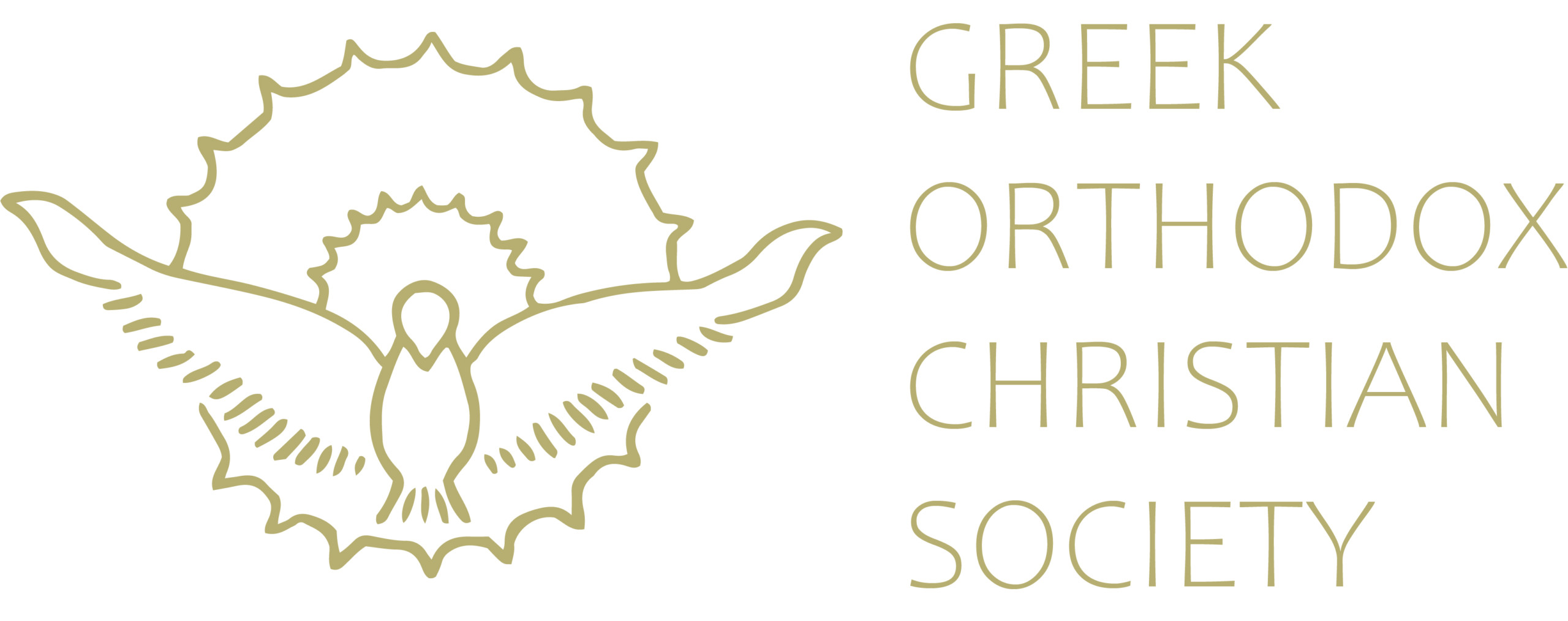For many people Great Lent is just a cycle in their yearly calendar where they “must” abstain from certain foods, temporarily cut out some bad habits, attend a few extra Sunday Liturgies and then Commune on Holy Thursday before going back to the same old “normal life” after Pascha. However if we wish to take Great Lent seriously, we should consider it a spiritual journey rather than a religious obligation. If someone therefore undertaking a long journey makes careful arrangements, plans a specific route, gathers provisions, sets out a schedule and follows it, the same care and effort (if not more) should also be applied when engaging on the spiritual journey of Great Lent.
To assist us, in the Vespers of Forgiveness, which officially marks the commencement of Great Lent (Sunday evening before Clean Monday), a certain atmosphere is created which will permeate all of the Lenten period. It is characterized by a bright sadness (xαρμολύπη) and is aesthetically obvious from dimmer lights, darker altar coverings and clergy vestments, and slower mostly monotonous services of the Compline and Liturgy of the Pre-Sanctified Gifts. At first all this can seem rather boring, services are lengthened and movement is minimised, but this is exactly what is required to slow us down in order to experience a mysterious reaction inside us, triggered by a sadness in our heart. It reminds us of Adam and Eve’s exile from Paradise, realising that we too – through our own personal sins – are far from God, and provoking a desire in us to return. As this sadness takes hold in us, it initiates the process of repentance and directs us on a journey which ultimately transforms us, making us free of anxiety by carrying us away from the daily noises of life, making us lighter, lifting us upward. It is here where we start to understand that the monotony brings peace, and the sadness is indeed brightened by the smallest glimpse of true joy – the hope of the Resurrection. As with physical journeys, Great Lent also includes stopovers, or stations, to give rest and rejuvenate. These commence on Friday evenings with the Akathist Hymn and continue with the Eucharistic Saturdays and Sundays, wherein services acquire their joyfulness again and fasting is relaxed, permitting consumption of wine and oil.[2] It is here where we realise that abstaining from food during the week helps us to rediscover its sweetness, and we learn again how to receive it with gratitude from God. It is also here where we rediscover the value in our relationships, having spent the week calming the noise of the world, entertainment and superficial socialising. Finally, as all journeys have a final destination, the same is true with Great Lent, which intends to take us back home, away from our exiled existence. A mistake which the Israelites who left Egypt made was to lose sight of their destination, and so they spent 40 years wandering in the Sinai desert, never to set foot in the Promised Land. We too are in great danger of sharing the same fate if we choose to wander through Great Lent simply fulfilling religious obligations while remaining the same unchanged person, not having allowed the spiritual journey to transform and bring us closer to our ultimate destination – the Kingdom of God. Source: February-March 2015 Lychnos Edition ————————————- [1] This is exactly what the Great Canon of St Andrew aims to do (read partially on the first four days of Great Lent and completely on the 5th Thursday) by exploring the depth and breadth of sin and its consequences, while making almost every Biblical story relevant to “me” the reader, with every shortfall or mistake becoming “my” shortfall and “my” sin, whereby I plead for God’s mercy and forgiveness. [2] Each Sunday has a special significance which may either give us a historical appreciation of the Church’s development (e.g. first Sunday is The Sunday of Orthodoxy, triumph over Iconoclasm), or a specific spiritual meaning (e.g. third Sunday – half way through lent – is The Veneration of the Precious and Life Giving Cross).


